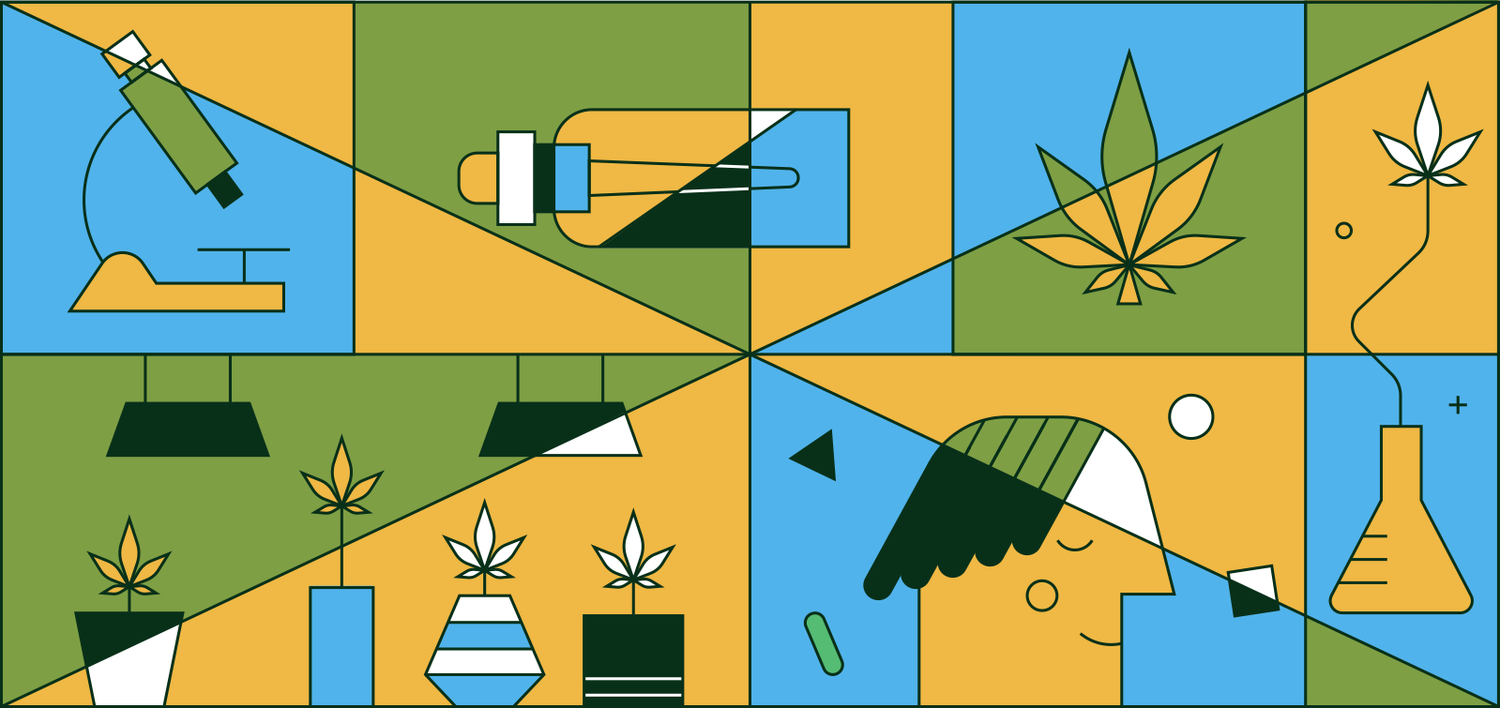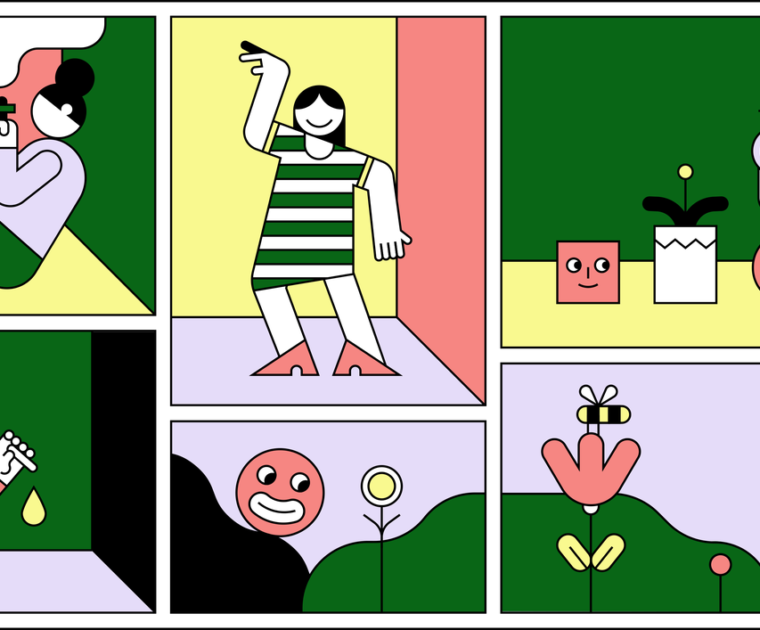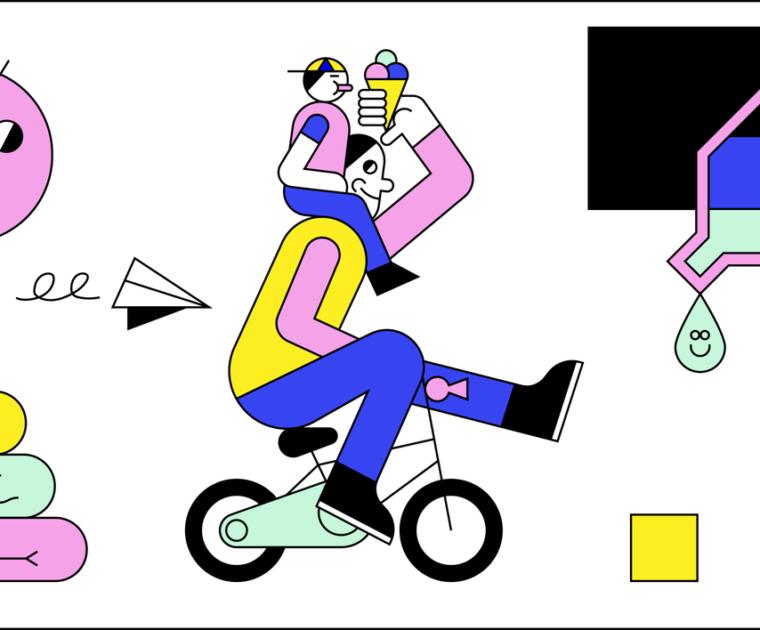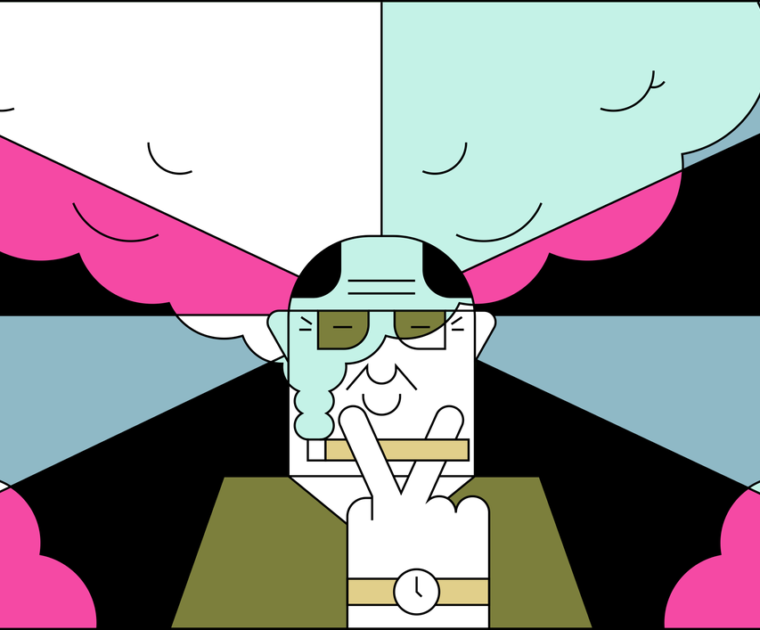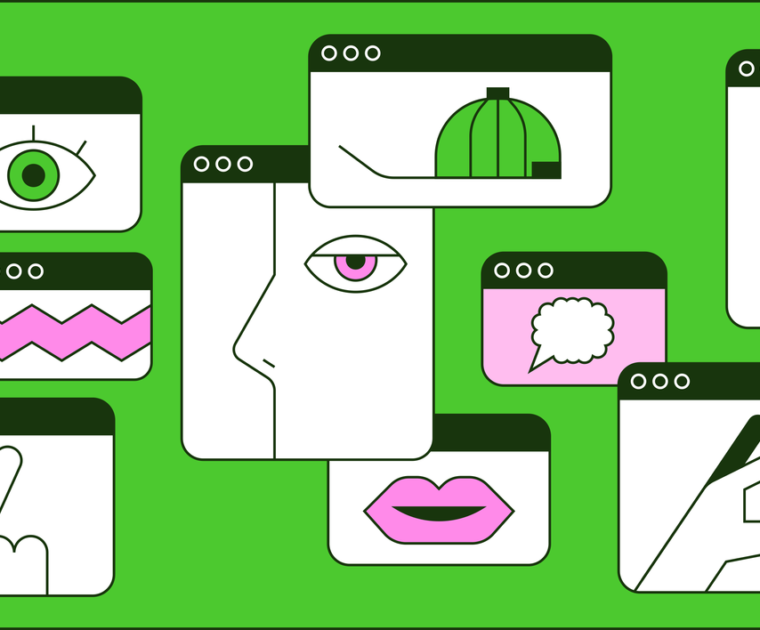Everyone wants a piece of the American Pie. Mostly true, right? Most sane people will take their slice of the pie any way they can legally get it. Well, there’s good news for the legal eagles. One of THE fastest-growing “pies” right now is in an industry that’s expected to reach a whopping $23 billion by 2023 (or a year earlier, depending on who you ask) and that’s the CBD industry.
(Cue Afroman, or if you’re already a little buzzed, Snoop Dogg.)
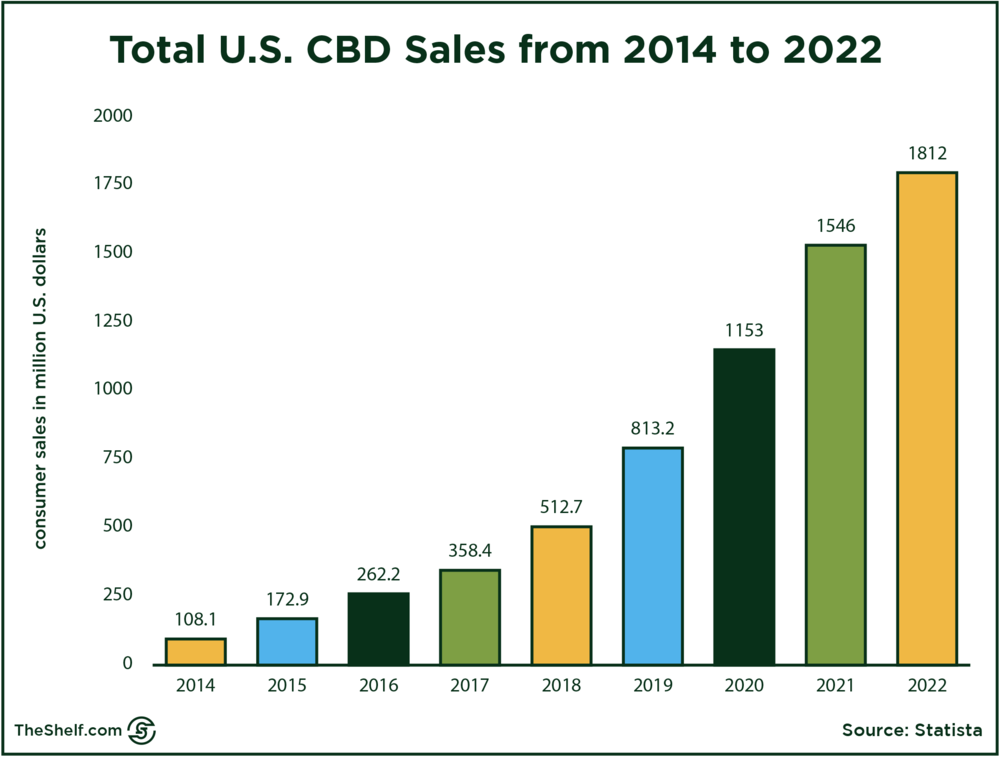
Source: Statista
To give you some perspective, the CBD industry was valued at $512 million just last year. Next year, the CBD industry is expected to be worth more than $1 billion before skyrocketing past the 23 billion dollar mark over the following three years.
If it seems to you like CBD is suddenly everywhere, you’re not tripping. It really is. The primary reason behind this sudden influx of new CBD evangelists is that regulations governing the use and distribution of cannabis products are changing. But before I dive into the rabbit hole of CBD regulations, let’s clear up exactly what CBD is.
What Is CBD?
It’s basically just marijuana oil, right? Well, no. Cannabidiol is one of more than 130 chemical compounds that come from the cannabis plant. But it’s the part of cannabis that would induce calm, without the psychoactive side effects caused by tetrahydrocannabinol (THC). In other words, no euphoria, no unchecked glee or giggles. So, no, it’s not marijuana (or weed, or reefer, or dro, or afternoon delight, or whatever).
That said, the quick answer to the one sure question people want to know about CBD is no, it doesn’t get you high. CBD has very low levels of THC, so it doesn’t have the same influence on your cognitive function that marijuana would have.
It’s not unusual for people to use CBD, marijuana and hemp almost interchangeably, but there are differences between the three.
Here’s the super-simple comparison for all the Straight-laced Larrys out there…
Hemp and marijuana are different plants from the same cannabis plant family. They look and smell the same but their chemical makeups are different. Hemp has higher levels of CBD than THC while mary jane (or Mary Jane… not super clear on that) has higher levels of THC than CBD.
So, a cannabis plant with less than 0.3 percent THC (by dry weight) is considered hemp, while pot is a cannabis plant with more than 0.3 percent THC (usually somewhere between 5 – 20 percent THC, actually).
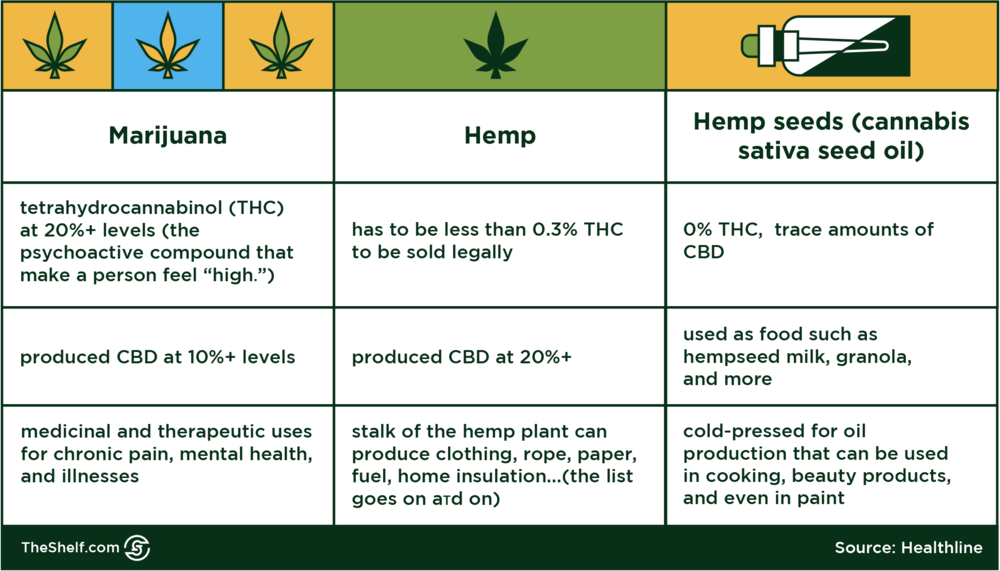
Source: Healthline
This is good to know because it helps you understand why and how the federal government approved “industrial hemp” for consumer use. Industrial hemp comes without the highs… and thus, without the threat of the substance being abused.
Now take a breath and clear your mind, bro…
It’s time to talk about these regulations.
It’s Either Legal, Illegal or Decriminalized… The Laws Are Still Sorta Hazy
Another reason people may confuse CBD, hemp, and marijuana is that the laws regulating the substances are all linked together… and still pretty confusing.
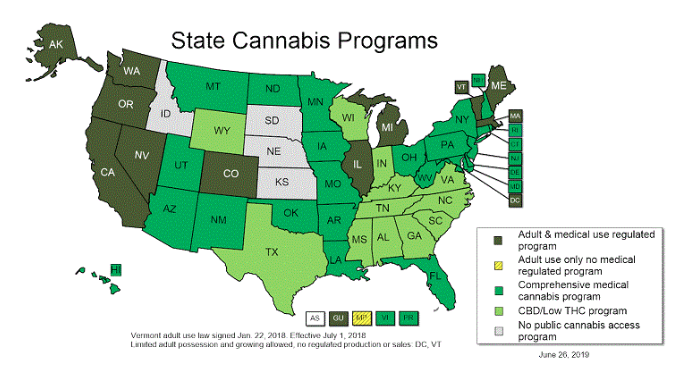
Source: National Conference of State Legislatures
HEMP LAWS
The Agricultural Improvement Act of 2018 (better known as the Farm Bill) legalized the growing of industrial hemp by removing it from the controlled substances list. The law now allows individual tribes, states, and territories to establish their own regulations for the growth, distribution, and use of hemp within their own borders. Translation: Every state has their own set of rules.
MARIJUANA LAWS
Under the Comprehensive Drug Abuse Prevention and Control Act of 1970, Federal law prohibits the use and sale of marijuana.
But…
The Feds are pretty much out of the business of bringing charges against people caught with dime bags or joints (and the like) on them. Federal law puts the onus on individual states to determine the legality and regulations for marijuana use and distribution.
In addition to the District of Columbia, there are nine states in which marijuana is legal for recreational use. In the state of Michigan, adults 21 and over can now use and possess cannabis, and even travel intrastate with up to 2.5 ounces of cannabis flowers (or 15 grams of concentrate) on them, as long as they don’t go on school property, a school bus or to a correctional facility.
In the privacy of their own homes, Michiganians can also keep up to 10 ounces of grass in the house, but only 2.5 ounces can be out at any given time. The rest has to be locked away in a trunk, briefcase, another part of the house, etc.
Medical marijuana is another story. Thirty-three states have legalized medical marijuana (ProCon) for a variety of medical uses, which commonly include:
- Cancer
- Glaucoma
- HIV/AIDS
- Hepatitis C
- Amyotrophic lateral sclerosis/Lou Gehrig’s disease
- Crohn’s disease
- Alzheimer’s disease
- Parkinson’s disease
- Tourette’s Syndrome
- Ulcerative colitis
- Post-traumatic stress disorder (PTSD)
- Severe arthritis
- Fibromyalgia
That part seems cut and dried, right? But it isn’t. Qualifying conditions for medical marijuana use also differ from state to state.
CBD LAWS
In the states where medical marijuana is illegal, the use of CBD in oil form is legal. But things get a little tricky for manufacturers and growers that want to move into intrastate or interstate distribution of CBD oil and other cannabis products because legal use comes in gradients.
Case in point… In the state of Georgia (where the British Bulldog-styled tag team of writers who penned this post actually live), state law allows people who have qualifying conditions to get licenses to have up to 20 fluid ounces of low-THC oil (oil that contains less than five percent THC, which is far more than the 0.3 percent allowed by the federal government). There are currently 17 conditions that would qualify you to be eligible to use and carry CBD oil. If found with CBD oil by the authorities, Georgians must have their Low THC Registry Card on them to keep them from getting arrested. It costs $25 and is valid for two years.
According to the Georgia Department of Public Health, CBD regulations do not “legalize the sale or possession of marijuana in leaf form and it does not authorize the production or sale of food products infused with low THC oil or the ingestion of low-THC oil through vapor. It does not authorize physicians to prescribe marijuana for medical use. It is intended solely to protect qualified persons from criminal prosecution for possessing low-THC oil for medicinal purposes.”
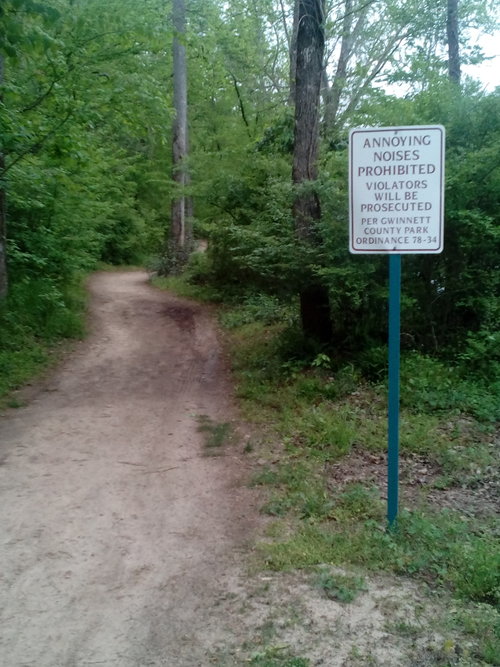
And, of course, there’s a neat little twist that confuses things: In Georgia’s capital city of Atlanta (which is in Fulton County), marijuana possession has been “decriminalized”, meaning it’s not really legal… but having it won’t get you thrown in jail either… like jaywalking… or like making annoying noises at Yellow River Park in Stone Mountain, GA. Possession of less than an ounce of pot carries a $50 to $75 fine with no jail time.
Neighboring cities in the same county as Atlanta are following suit by decriminalizing marijuana. BUT not all of them have done so.
SO… if you are a pothead living in the ATL and you and your pot take a road trip to say, Six Flags Over Georgia, for a fun day out in Cobb County (which is the next county over and literally borders the city of Atlanta), you’ve got a pretty fair shot at spending the night in jail if you get caught.
So, cannabis products aren’t in the clear just yet.
The Drug Enforcement Administration (DEA) defines the CBD compound as a Schedule 1 controlled substance, like heroin. Last fall, the DEA rescheduled FDA-approved CBD medicines that contain less than 0.1 percent THC as Schedule 5 narcotics, so they can be imported or exported with licenses.
Currently, the FDA has approved only one medicine containing CBD, and that is Epidiolex, an oral solution aimed at stopping or reducing seizures in people who have a rare, severe form of epilepsy.
But the CBD compound by itself remains illegal.
AND…
Because it’s a controlled substance, most universities can’t get their hands on the stuff to research and study its effect on the human body.
AND…
Since it’s still considered a drug, the Food and Drug Administration (FDA) hasn’t given CBD the green light to be used willy-nilly in food, drinks, and health products without first getting explicit permission from the FDA.
We pulled this quote directly from the FDA’s report, What You Need to Know (And What We’re Working to Find Out) About Products Containing Cannabis or Cannabis-derived Compounds, Including CBD:
The FDA is working to learn more about the safety of CBD and CBD products. More specifically:
The cumulative exposure to CBD if people access it across a broad range of consumer products. For example, what happens if you eat food with CBD in it, use CBD-infused skin cream and take other CBD-based products on the same day? What if you use these products daily for a week or a month?
But they’re trying, bless their hearts.
Dr. Amy Abernethy (@drabernethafda) is the Principal Deputy Commissioner and Acting CIO at the FDA and she frequently posts to social media about strides the FDA is making as it relates to CBD regulations.
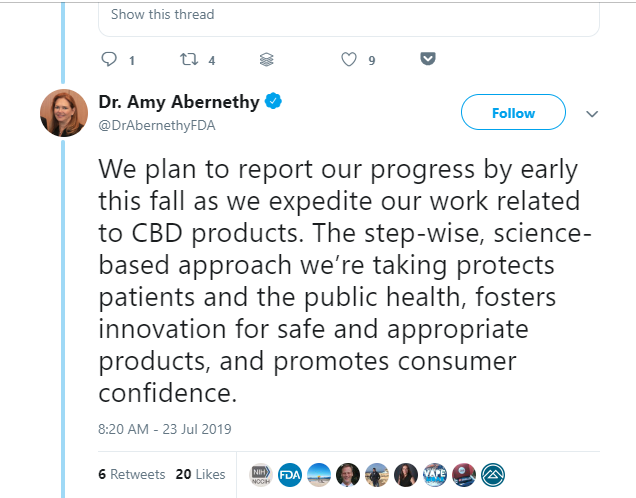
Source: On Twitter
Early last week, the FDA put the kibosh on all of our hopes and dreams when it called out Curaleaf Holdings with a letter to the company’s CEO Joseph Lusardi for selling CBD-infused products with unsubstantiated claims. The letter went so far as to call Curaleaf’s products dangerous.
Just to be clear… Curaleaf’s isn’t some guy and his homie from college who share a co-working space and sport branded “The Hustle Is Real” t-shirts. Curaleaf (NASDAQOTH: CURLF) is a publicly-traded medical and wellness cannabis operator with 150k registered patients across the country and a topical partnership with CVS… or it had a partnership until this FDA thing.
I don’t think any of us are looking at CVS as some hipster hotspot to go get cannabis or anything. Walgreens, Kroger, and Rite Aid are all putting deals together to offer CBD-infused patches, topicals, and tinctures. So, CBD is moving into mainstream somehow.
At the end of the day, I think we all have to remember that CBD is legal-ish… depending on where you are and whether local law enforcement and local, state or federal courts are in the mood to enforce cannabis-related offenses.
High-Profile Supporters Are Showing Their Love for Cannabis
With all the confusion surrounding CBD and cannabis products it may seem like they are more trouble than what they’re really worth. But people are willing to take some pretty hefty risks to get access to cannabidiol, and many high-profile individuals are showing their support for, and even endorsing, CBD products.
SNOOP D-O-DOUBLE G
Okay. Be honest. You’re probably not going to be super surprised if I tell you Snoop Dogg is a cannabis supporter. I mean, he made his Billboard chart debut on an album called The Chronic in 1992 (another name for marijuana… or at least it was back then).
Snoop Doog has been in the cannabis business for years, launching cannabis-focused media publication Merry Jane in 2015, along with his own brand of marijuana and cannabis products called Leafs by Snoop. Earlier this year, he launched Gram by Gram, a cannabis-specific ad and branding agency.
MARTHA STEWART X CANOPY GROWTH
If Snoop doesn’t surprise you, Martha Stewart may not either. The bosom buddies are both officially in the cannabis business. Snoop connected his friend and VH-1 cooking show co-host Martha Stewart to the largest cannabis company in the world, Canopy Growth, with whom Stewart has partnered to create her own line of CBD lifestyle products for people and their pets.
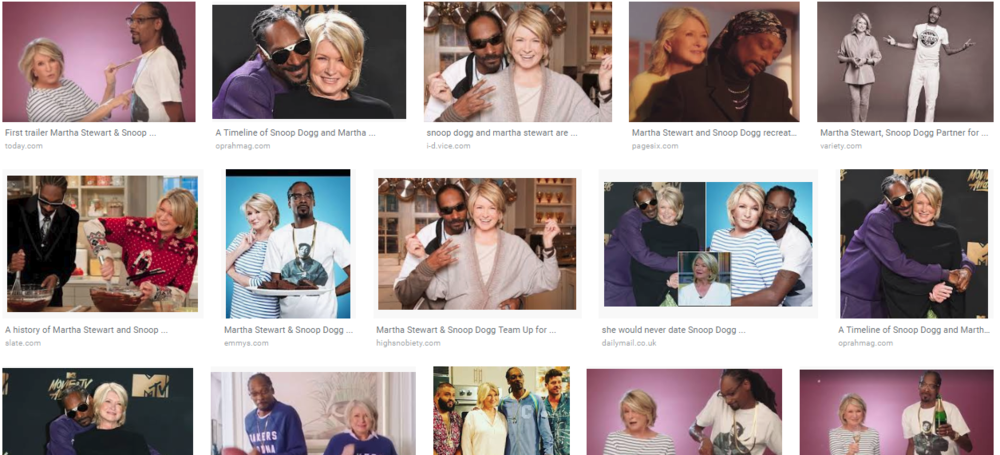
SHAWN CARTER’S AT CALIVA NOW
In July, Variety published a piece announcing that Shawn “Jay Z” Carter has been named the Chief Brand Strategist for Caliva. Carter, who is hip hop’s favorite Brooklyn-to-billions success story, is a rapper who has found a way to be even better at business than he is at rapping (arguably, he’s one of the greats and was a super-sick flipper back in the day (flipping is rapping really, really fast)) and picking a wife (he’s also married to Beyonce). As Chief Brand Strategist, Carter will focus on “driving creative direction, outreach efforts and strategy for the brand”.
KIM KARDASHIAN WEST
This past April, the media LOVED talking about Kim Kardashian’s CBD-theme baby shower for her and Kanye’s fourth baby, Saint. Video snippets from the event were posted to Kim K’s official Instagram feed on April 28th, featuring a varied cast of women in serious chill mode while they enjoyed making CBD-infused body oils and getting pedicures with CBD-derived oils and salves.
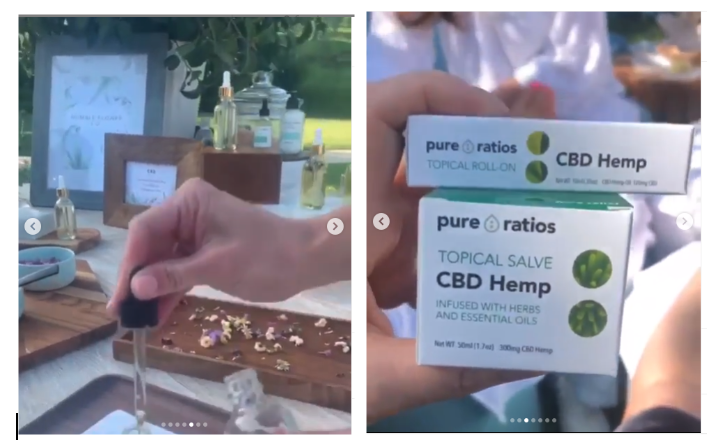
Source: On Instagram
This shindig also provided guests goodie bags filled with CBD products from brands like Mr. Moxey’s, Wildflower, and Pure Ratios. Besides being in social media feeds, Mr. Moxey’s CBD Mints were mentioned in Vogue (as found in Kim K’s baby shower).
WHOOPI X MAYA
Whoopi Goldberg partnered with Maya Elisabeth, the founder of Om Edibles and a wildly popular infuser to create Whoopi and Maya medicinals. Together, the duo set out to create a product to treat menstrual pain and discomfort even though menstrual pain isn’t listed as a qualifying condition for CBD users. Currently, Whoopi and Maya products, which include a bath soak, a body balm and a relaxation tincture, are available in Colorado and California.
I suppose the bright spot is as positive sentiment toward CBD products continues to spread, more people are sharing their experiences with, and interest in, CBD products, including high-profile CBD proponents like EGOT winner Whoopi Goldberg, Kim K. and former NFL player Kyle Turley.
How Common Is CBD Use (you know, among us regular, non-famous people with day jobs)?
Pretty pervasive, actually.
The CBD market is growing exponentially. A lot of times when the media says that they don’t really mean it. But this time, it’s true. About 8 in 10 CBD users have only been using CBD for a little while. According to this study conducted by High Yield Insights, 32 percent of current CBD users have been using CBD products for between one and five years, while more than half of current CBD users (like, 54 percent) haven’t even been using CBD for a year yet.
Now, couple that with this stat..
Cannabis Business Times reports that 40 percent of U.S. adults are interested in trying CBD. That’s approximately 77 million Americans who haven’t tried CBD yet, but who would under the right circumstances.
That’s HUGE!
Right now, about seven percent of Americans have actually tried CBD, and most of them take CBD in order to fix something that’s wrong. But two in every five adults you meet are down for trying CBD.
A cross-sectional study of cannabidiol users reports that 62 percent of CBD users use CBD to treat a specific medical condition, the most common conditions being pain, anxiety and depression.
According to the High Yield study, the most popular conditions new users treat with CBD are:
- Anxiety (44%)
- Depression (29%)
- Chronic joint pain / arthritis (27%)
- Chronic muscle pain (23%)
- Insomnia (21%)
That means CBD users are actually using cannabis products for a specific reason, even if that means letting in a little THC to ease the pain. (Side note: Nine in 10 CBD users also use other cannabis products that have higher concentrations of THC).
WHO’S USING CBD?
If you don’t happen to be connected to people who are knowledgeable about CBD, you may be surprised to find that most CBD users are women. Take a look at the buyer personas below that I pulled from the High Yield report.
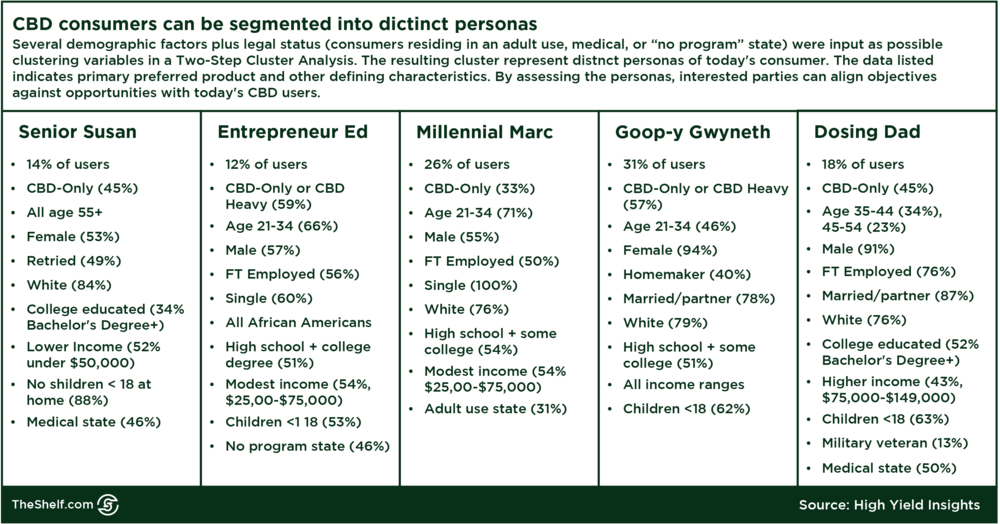
Source: High Yield Insights
If you do the math, you can see that women account for about 55 percent of the CBD consumers represented in these buyer personas while men make up 45 percent of the market. Millennial women represent about 46 percent of the CBD market.
(I don’t know what I thought CBD users looked like, but I wasn’t thinking millennial women. Not sure why.)
But there’s one more surprise… take another look at that chart of CBD buyer personas and you’ll notice about 1 in 5 CBD users are moms with kids under the age of 18. Overall, 35 percent of the CBD consumers profiled in these personas are the moms and dads of kids under the age of 18.
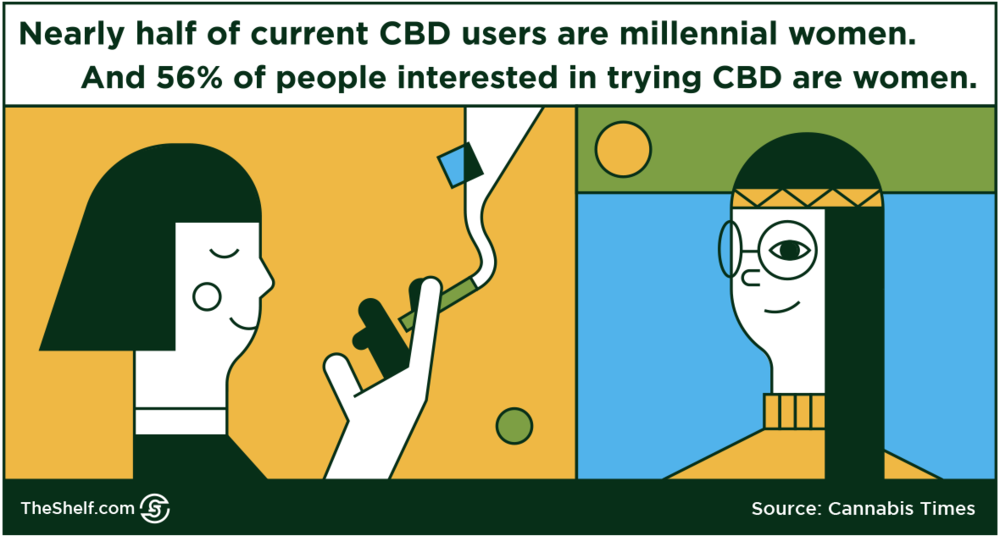
It’s also worth noting that of the 77 million Americans I mentioned earlier who are interested in trying CBD products for the first time, most of these are women as well. Fifty-six percent of Americans who are interested in trying CBD are women with college experience (79 percent). And 64 percent of them are over the age of 35.
AND OF COURSE, PEOPLE HAVE THEIR FAVORITE WAYS OF DOSING
Droplets under the tongue? Baked in a muffin? Rubbed into your joints? Stirred into your morning coffee… Tell me, how do you take your CBD?
By far, the most popular types of CBD products are baked goods. Forty percent of current CBD users add CBD to things like muffins. Also popular are gummies (29 percent), vape cartridges (3 percent), beauty care (23 percent), and concentrated oil (23 percent).
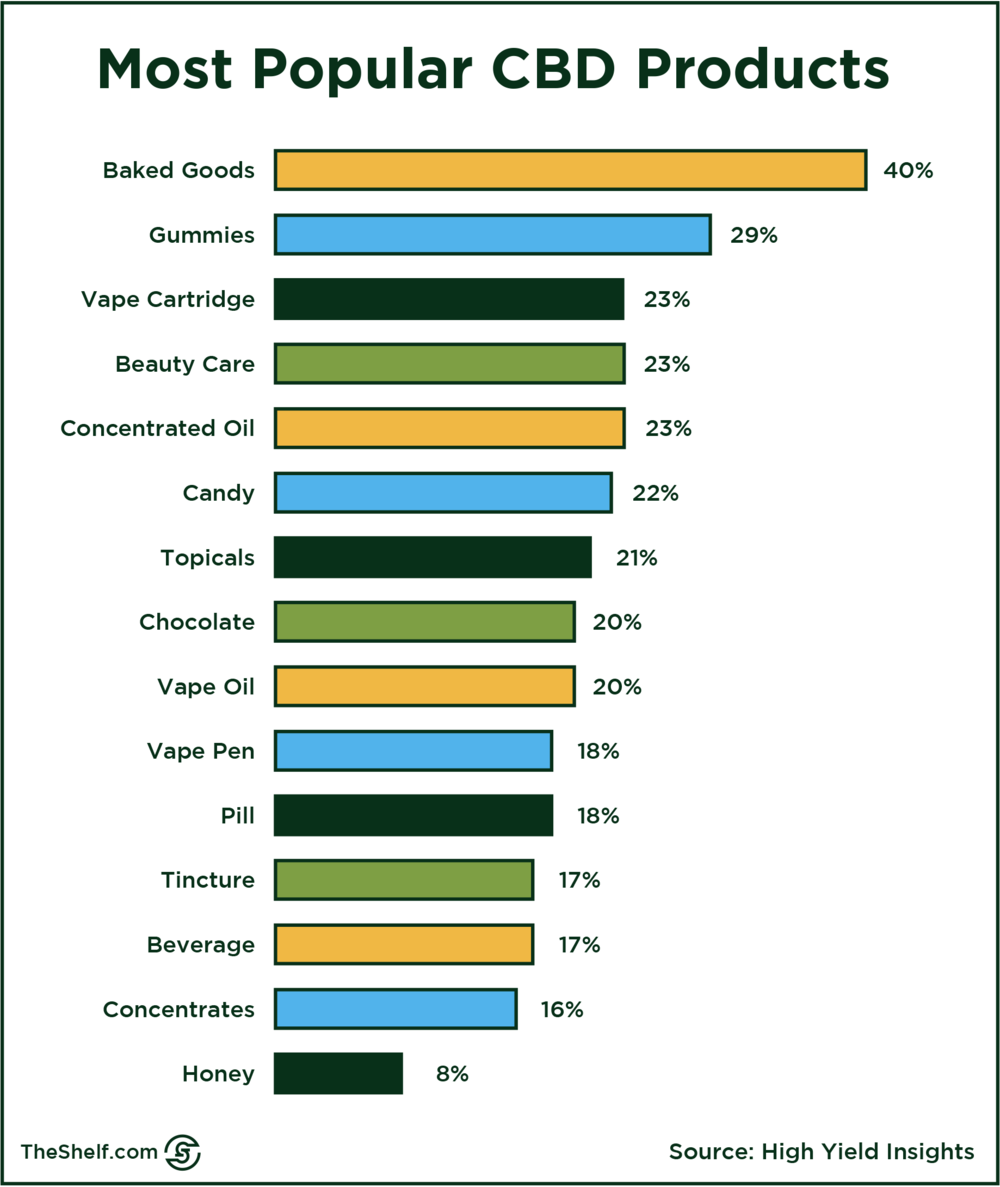
The types of products preferred by current CBD users also differs by age:
- Ages 21-34, prefer disposable vape pens
- Ages 35-44, get their dose in chocolate
- Ages 45-54, topicals come out in front
- For the 55 and over crowd, tinctures win the day
My first CBD experience was with my preacher aunt, who offered me a fix for my toothache. She dosed me (with what I naively imagined was holy oil and ancient spices) then told me what CBD was AFTER she dropped it under my tongue. I’m like, “What kinda church…?” Traumatized me. So, my first experience wasn’t great. I still don’t love the dropper. I would need a T.A.H.I.T.I-styled memory wipe to ever do the dropper again, but I would totally be into adding more oils, creams, and rubs to my arsenal.
(Also, if you got that TAHITI thing, follow me on Twitter @sorilbrans. We probably have a lot of other nerdy stuff in common.)
The Most Popular CBD Trends Are Pretty Interesting
CBD is trending like crazy, and people are putting it in and on everything. Here are a couple of trends (read, opportunities) that are creating some pretty cool buzz for CBD brands.
CBD AS FINE CUISINE (OR A #420 AT THE DRIVE-THRU)
This year, the top trend at your local four-star restaurant isn’t the bedeviled Norwegian prawn, it’s CBD.
(No, I know… I don’t know anything about trendy, gourmet cooking.)
The National Restaurant Association and the American Culinary Federation surveyed 650 professional chefs about the top culinary and restaurant concepts for 2019. Three in four chefs named CBD and cannabis-infused food as the hottest thing going on in restaurants right now.
But wait, guys… I thought you said the FDA hasn’t okayed CBD to be added to foods. The FDA hasn’t. So, this guilty pleasure is officially illegal EVERYWHERE despite the fact that it’s showing up everywhere. To keep the health department off their backs, some restaurants offer private catering to customers, which allows them to keep cannabis-infused foods off their main menus and still give in to some consumer demand.
In my mind, adding CBD to the menu is something only the ritziest restaurants would do, but take a look at this…
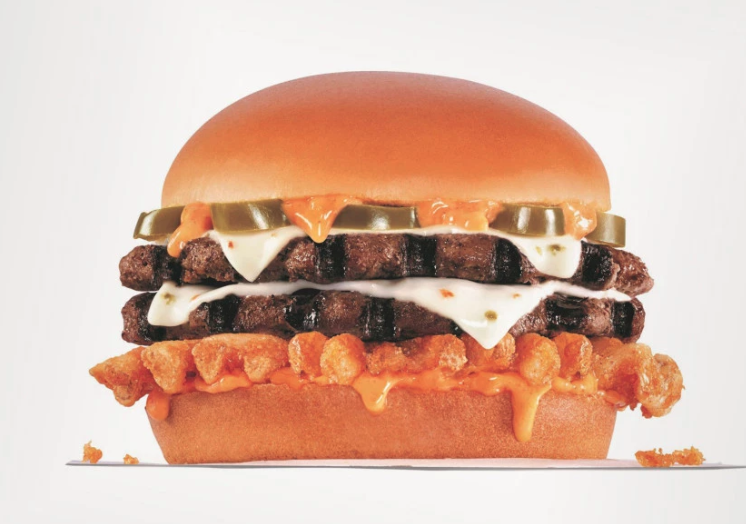
Source: New York Post
This past 420 Day, fast food burger chain Carl’s Jr. sold a burger at a single Denver location that contained CBD-infused ingredients. The Rocky Mountain High: CheeseBurger Delight is a double cheeseburger made with pickled jalapeños, pepper jack cheese and waffle fries, and topped with Carls Jr.’s Sante Fe Sauce. In celebration of 420 day the sauce included 5 milligrams of hemp-derived CBD.
420 Day is something of a holiday in pot culture, as 420 is another name for marijuana. So, on April 20th, cannabis lovers everywhere make sure they are smoking that day, and especially as 4:20 PM (and probably AM) rolls by.
CBD IN STORE-BOUGHT FOOD AND DRINKS
This one is an interesting trend, again, because CBD-infused food and drinks are illegal to make, sell and consume. But the thinking here is if consumer demand drives large companies to start making products, the FDA will have to get on board. And there are some pretty big companies driving this thing.
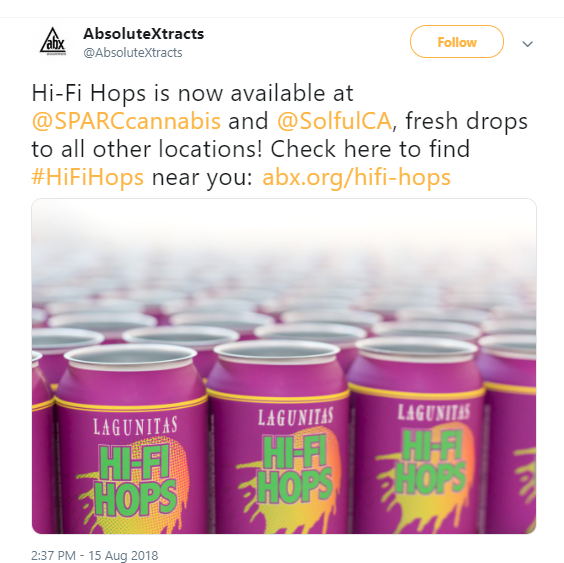
Source: ABX on Twitter
In a statement last year, Coca-Cola cleared up the confusion about the possibility of a marijuana-laced Coke product (?? I mean, how would that even work?). BUT the company was very clear about its interest in the non-THC CBD industry.
“We have no interest in marijuana or cannabis. Along with many others in the beverage industry, we are closely watching the growth of non-psychoactive CBD as an ingredient in functional wellness beverages around the world. The space is evolving quickly. No decisions have been made at this time.”
But Coca-Cola isn’t the only company eyeing the CBD-infused beverage industry. Last year, Heineken subsidiary Lagunitas announced a partnership with cannabis company AbsoluteXtracts to market cannabis-infused sparkling water products under the brand name Hi-Fi Hops. As well, Molson Coors entered into a joint venture with HEXO, a Quebec-based marijuana cultivator, to produce cannabis-infused beverages for the Canadian market.
CBD-infused drinks are expected to outpace the sale of actual marijuana in the next three years, and account for up to 20 percent of the total edibles market.
CBD PET PRODUCTS
Try this one on for size: The CBD pet products industry can reach $1.16 billion in the US by the year 2022, as pet owners administer CBD to help minimize anxiety and pain for their furry friends. Of course, this is another situation where the research is lacking, but users are swearing by the results.
Actually anybody whose mom concocted her own oral solutions (that actually worked) can probably relate to this. My mom seriously thought baking soda fixed EVERYTHING. Most of the time, she was right.
This isn’t really far-fetched at all, actually. The sales of CBD pet products went from $8 million in 2017 to $32 million last year, according to cannabis-focused research firm, Brightfield Group. And you can find a pretty sizable selection of CBD pet products on Amazon already. The screenshot below is just a snippet of some of the products I saw with at least four-star reviews.
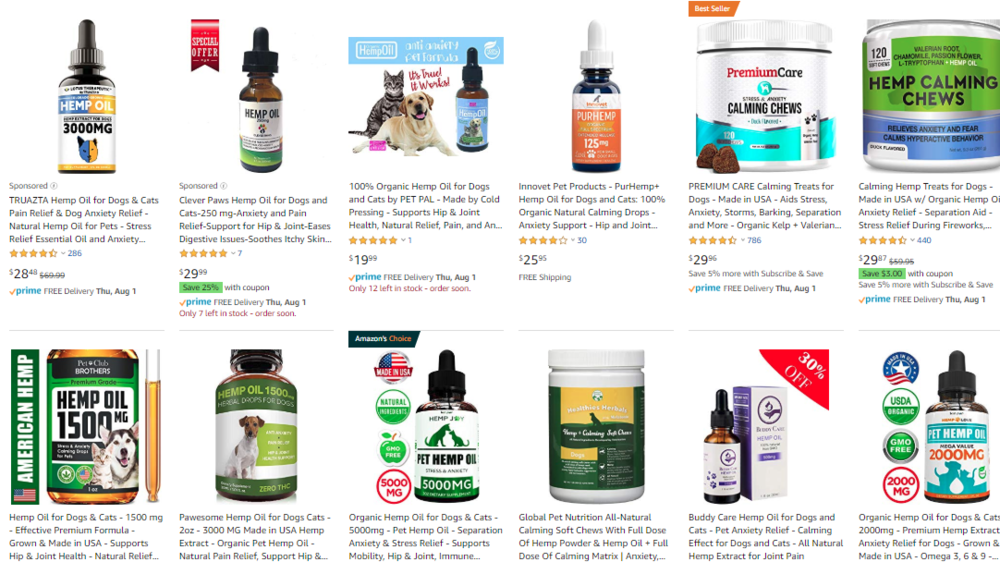
Source: High Yield Insights
Let’s Pause Here Before Moving On to Marketing Strategies
I know. I know. It was a lot to take in and literally took two team members to put together. In the next post, find out how to use influencer marketing to get your CBD product in front of your audience AND strategies for keeping each of the personas we identified above engaged.


